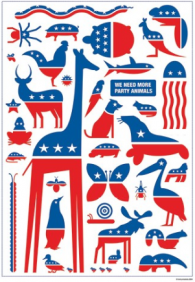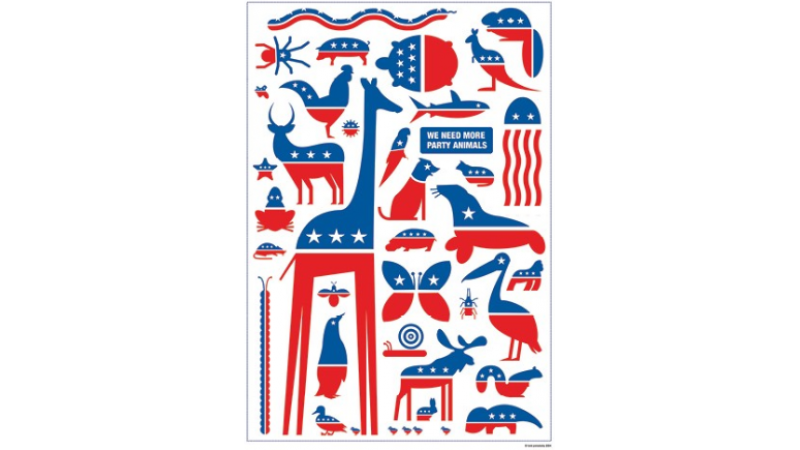 Visiting art museums and looking at art is one of my favorite things to do. When I look at a new piece, I try to avoid looking at the description posted beside it that details the artist, the title of the work, and sometimes the meaning behind it. When I look at art for the first time, I try to think about what I see, what it makes me think about and how it makes me feel.
Visiting art museums and looking at art is one of my favorite things to do. When I look at a new piece, I try to avoid looking at the description posted beside it that details the artist, the title of the work, and sometimes the meaning behind it. When I look at art for the first time, I try to think about what I see, what it makes me think about and how it makes me feel.
In a recent article, The New York Times Upfront rounded up some fascinating works of art that use visuals to portray a powerful message and influence public opinion. These images convey thought-provoking statements and they are categorized as the art of protest. Land preservation, politics, violence, human rights, and labor conditions are just a few of the important topics addressed in the collection of works featured.
These attention-grabbing images are meant to encourage those that view them to think about the meanings they convey. Some protest art is tied to a particular movement while other pieces tackle specific issues of particular concern to the artist. This article describes how a lot of protest art takes a familiar image and changes it to make it shocking or surprising.
The New York Times Upfront is a classroom magazine for students in grades 9–12 that makes current events relevant to teens as well as social studies and ELA curriculums with the journalistic resources of The New York Times and the educational expertise of Scholastic.
You can read the full-length article and check out all of the protest art online here.
(Thomas Porostocky, U.S., 2004)



